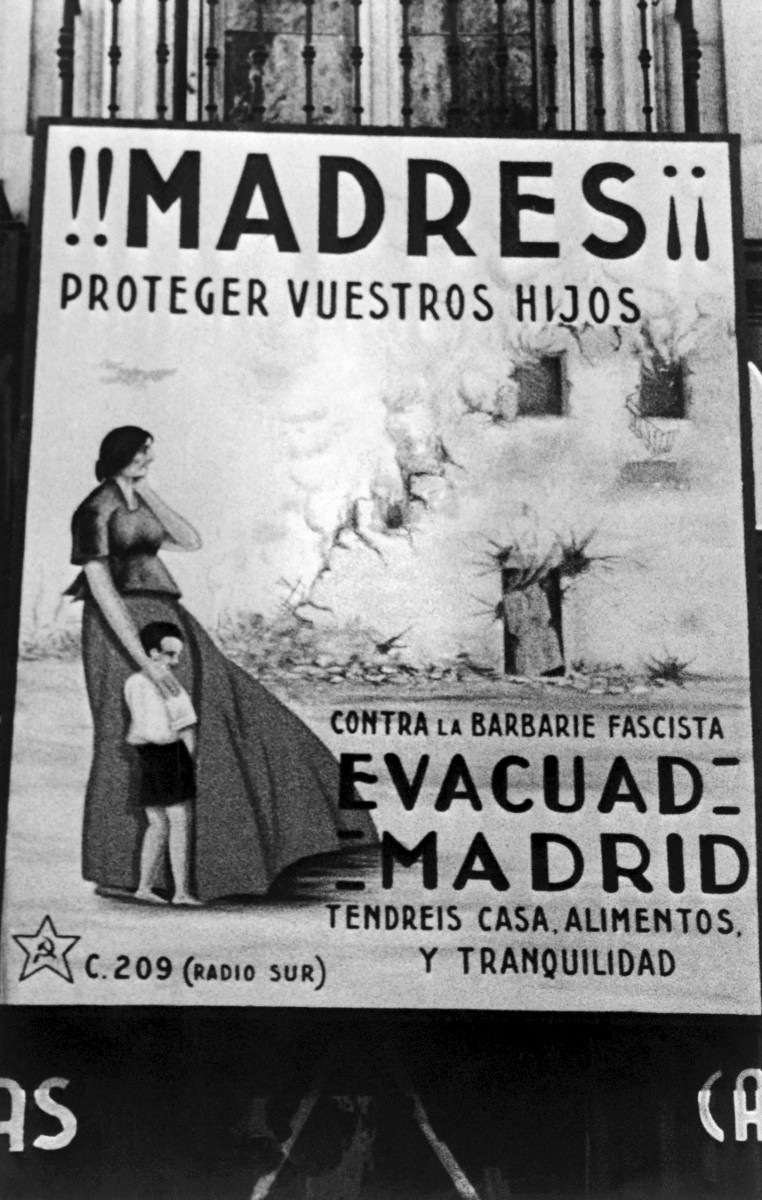At some point or another everyone has probably experienced poor service and demanded to be reimbursed, whether it was because a bus had a broken air-con in 40C heat and was two hours delayed or you bought a product from a store that broke a month later.
The first step is obviously to try and contact the company and sort out the issue amicably, but if this method isn’t producing any fruitful results, you may want to fill out an hoja de reclamación.
This essentially translates as a ‘claim sheet’ and is an official complaint form you can lodge against a company to try and get reimbursed for your purchase.
READ ALSO: What to be aware of before opening a shared bank account in Spain
According to the Organisation of Consumers and Users (OCU) there are three reasons that a complaint form of this kind can help. It can:
- Let the Consumer Administration know about your case, so they can investigate it.
- Try and get the company to reach an agreement with you.
- Sanction the company if it has breached any of its obligations.
What are the advantages of filling out an official complaint form?
Sometimes, just the threat of filling out an official complaint form is enough for the company to give in or propose an acceptable agreement.
Companies obviously don’t want to have lots of negative reviews and have complaints filed against them, so by filling one out, you are actually helping them improve their customer service.
If the company still won’t do anything after you’ve submitted the form and later you go to settle the matter in court, having filled out the form will be proof that you tried to find a solution first.
Can you use this type of form for all companies?
The OCU explains that there are companies in some sectors that you shouldn’t fill out an hoja de reclamación for in the first place. Instead, you must contact the customer service department of the company itself.
This is true for banks, insurance providers, investment companies, telecommunications services, transportation companies, airlines and energy companies.
“If they do not respond in a month or respond but do not provide a satisfactory solution, then you should go down the specific dispute route that their company proposes,” the OCU states.
How do I fill out this type of complaint form?
If you are dealing with a business or service provider that does not have a specific claim channel such as a bar, store, supermarket or hotel, you can ask directly for the claim form.
The form has three copies – one for you, another for the administration and another that you must deliver to the establishment itself.
Make sure to make photocopies of any supporting documents that serve as evidence such as contracts, tickets, invoices, guarantees, advertisements or photos.
Once completed, you must give your forms and evidence to the Municipal Consumer Information Office (OMIC) or by mail or by electronic means to the General Directorate of Consumption of your region.
Each region will have its own forms you need to complete. If you don’t ask for them from the business itself, you can find them online. The one for Catalonia can be found here, for Valencia here, for Andalusia here, and for Madrid here. For other regions, you can simply type into an internet search engine: hojas de reclamaciones + your region.
Once completed, your case will be studied and you may be presented with a resolution. If it is not successful but the administration finds that the company has breached any consumer regulations, it will open a case starting a disciplinary procedure that usually ends in a fine.
Remember that, it is not guaranteed that you will get compensation, even if the company ends up being fined.




 Please whitelist us to continue reading.
Please whitelist us to continue reading.
Member comments